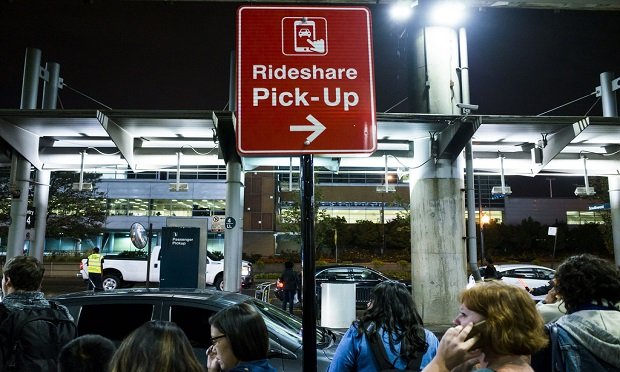 Mobility ecosystems present an opportunity for insurers to step up and catch up when it comes to technology. Here, customers wait for their rides beneath a Rideshare pick-up sign at Chicago's Midway airport. (Diego M. Radzinschi/ALM Media)
Mobility ecosystems present an opportunity for insurers to step up and catch up when it comes to technology. Here, customers wait for their rides beneath a Rideshare pick-up sign at Chicago's Midway airport. (Diego M. Radzinschi/ALM Media)
Mobility expansion across land, sea and air has resulted in large-scale and widespread growth, but the trajectory is changing. While insuring the transportation risks of people and goods has been at the heart of our industry for centuries, mobility ecosystems rapidly evolve.
Recommended For You
Want to continue reading?
Become a Free PropertyCasualty360 Digital Reader
Your access to unlimited PropertyCasualty360 content isn’t changing.
Once you are an ALM digital member, you’ll receive:
- Breaking insurance news and analysis, on-site and via our newsletters and custom alerts
- Weekly Insurance Speak podcast featuring exclusive interviews with industry leaders
- Educational webcasts, white papers, and ebooks from industry thought leaders
- Critical converage of the employee benefits and financial advisory markets on our other ALM sites, BenefitsPRO and ThinkAdvisor
Already have an account? Sign In Now
© Touchpoint Markets, All Rights Reserved. Request academic re-use from www.copyright.com. All other uses, submit a request to [email protected]. For more inforrmation visit Asset & Logo Licensing.







